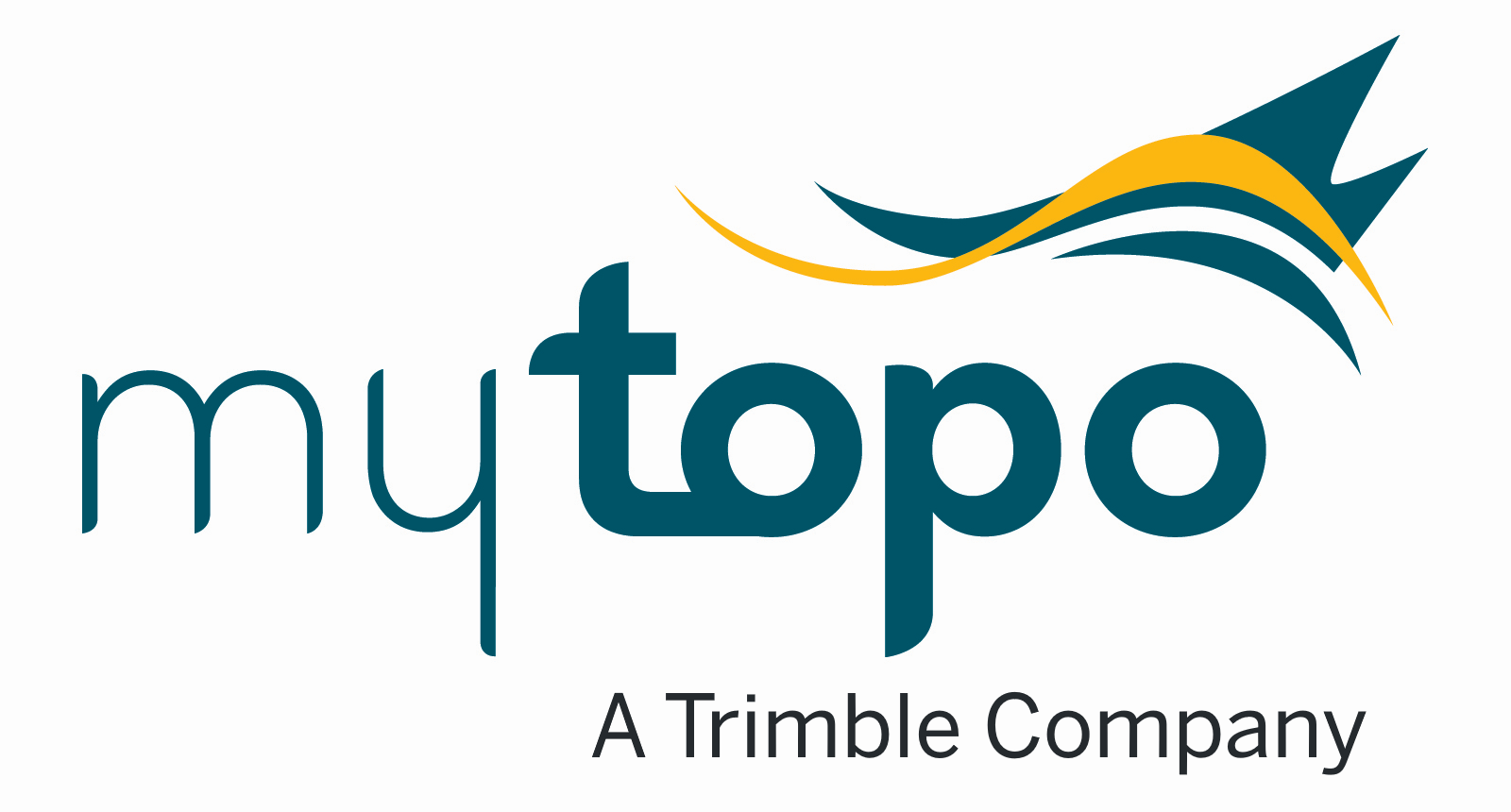I am amazed at all of the excellent information and advice already posted to this blog entry.
I will add my own recommendation that deals with maps, compasses and basic outdoor skills and knowledge. I am 79 and grew up when electronic stuff was pretty much non existent, especially for outdoor activities. Those venturing in the outdoors knew they had to have topographical maps with them, the ones with contour lines, water features, etc on them, and they had to know how to read them and use a compass (and the sun and shadows) to determine directions. When my wife and I did hiking in Colorado or any other place, I always bought a topo map for the area where I would be hiking even if it had marked trails. Our practice still applies to everyone who ventures out today as far as I am concerned. Paper topo maps and compasses are needed. Get them before you start your trip. Do not rely just on electronic devices or electronic maps as some may fail or some may not be 100% accurate. And you must invest time to learn how to read them and use them properly. For me that took place in the Boy Scouts and US Army. I do like the recommendations of taking some sort of electronic signaling device on any adventure hike or outing asa Plan B or C device.
Quick order of USGS Topographic Maps, Game Management Unit Maps for Western Big Game Hunting, and Backpacker Pro maps for popular hiking trails. To order custom-centered topo, aerial, and satellite maps or to reorder previously ordered MyTopo maps, call 877-587-9004.

mapstore.mytopo.com



